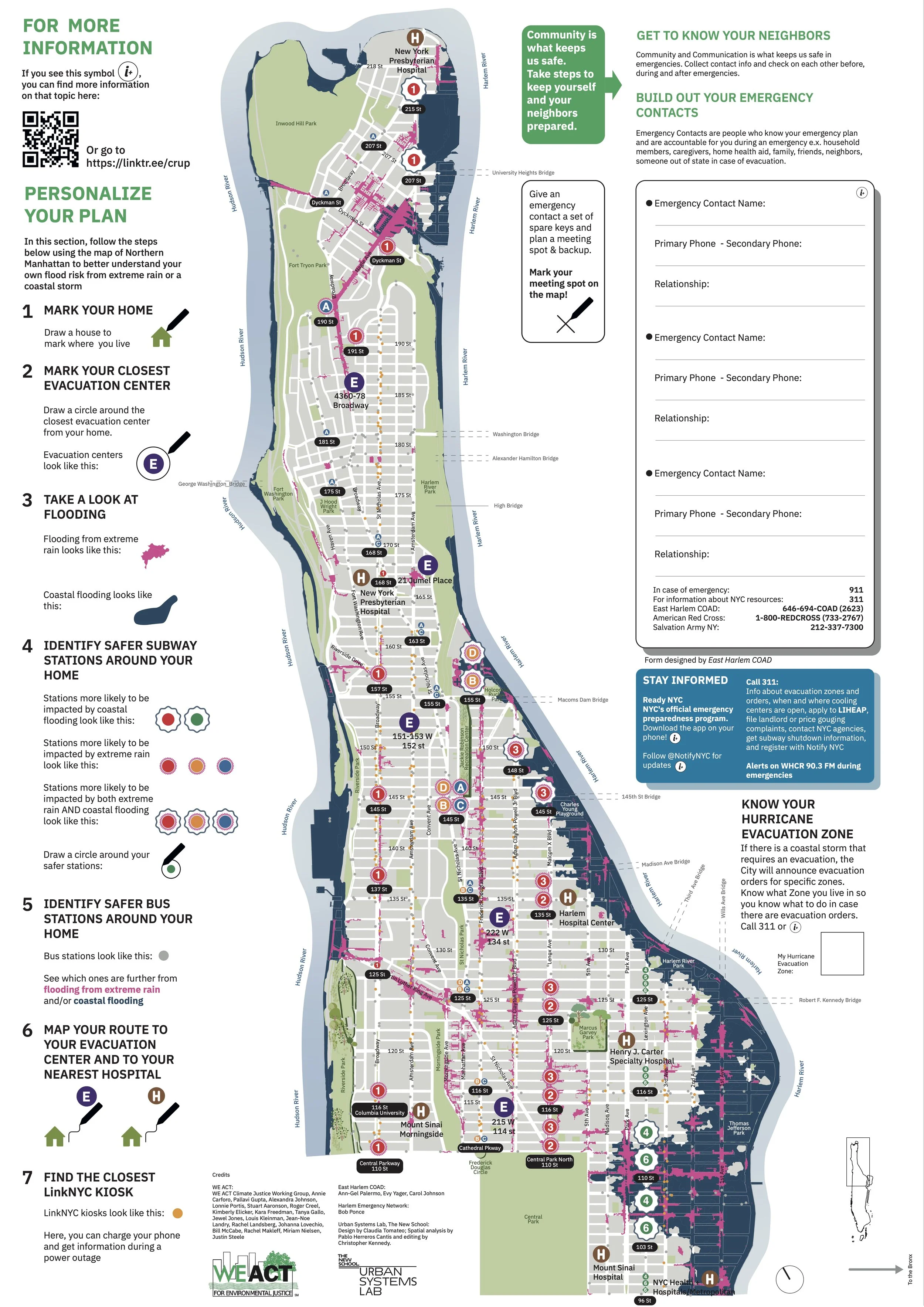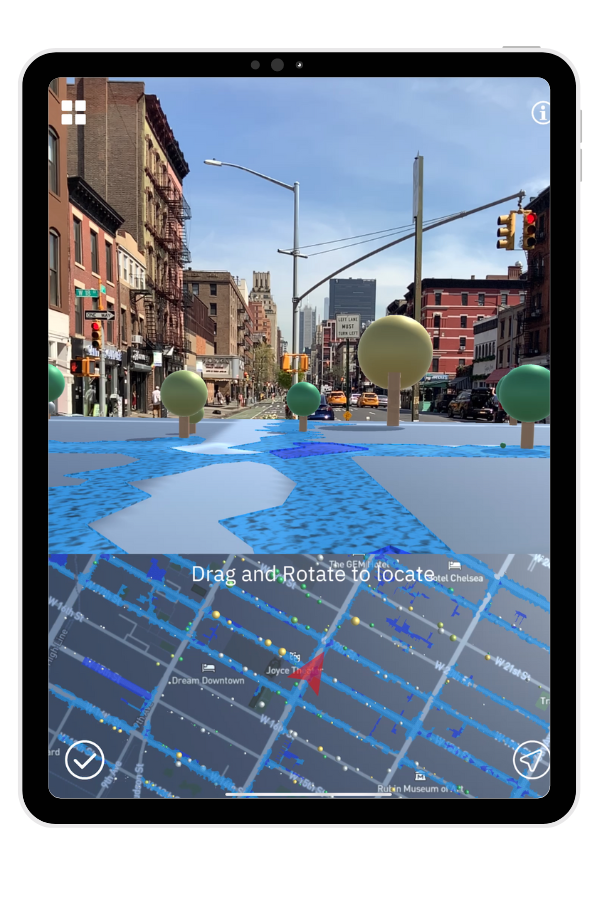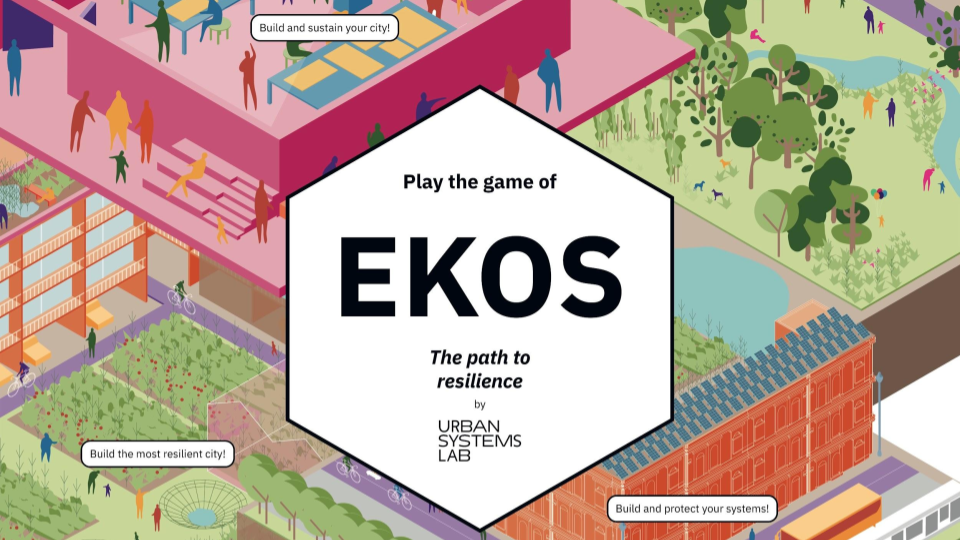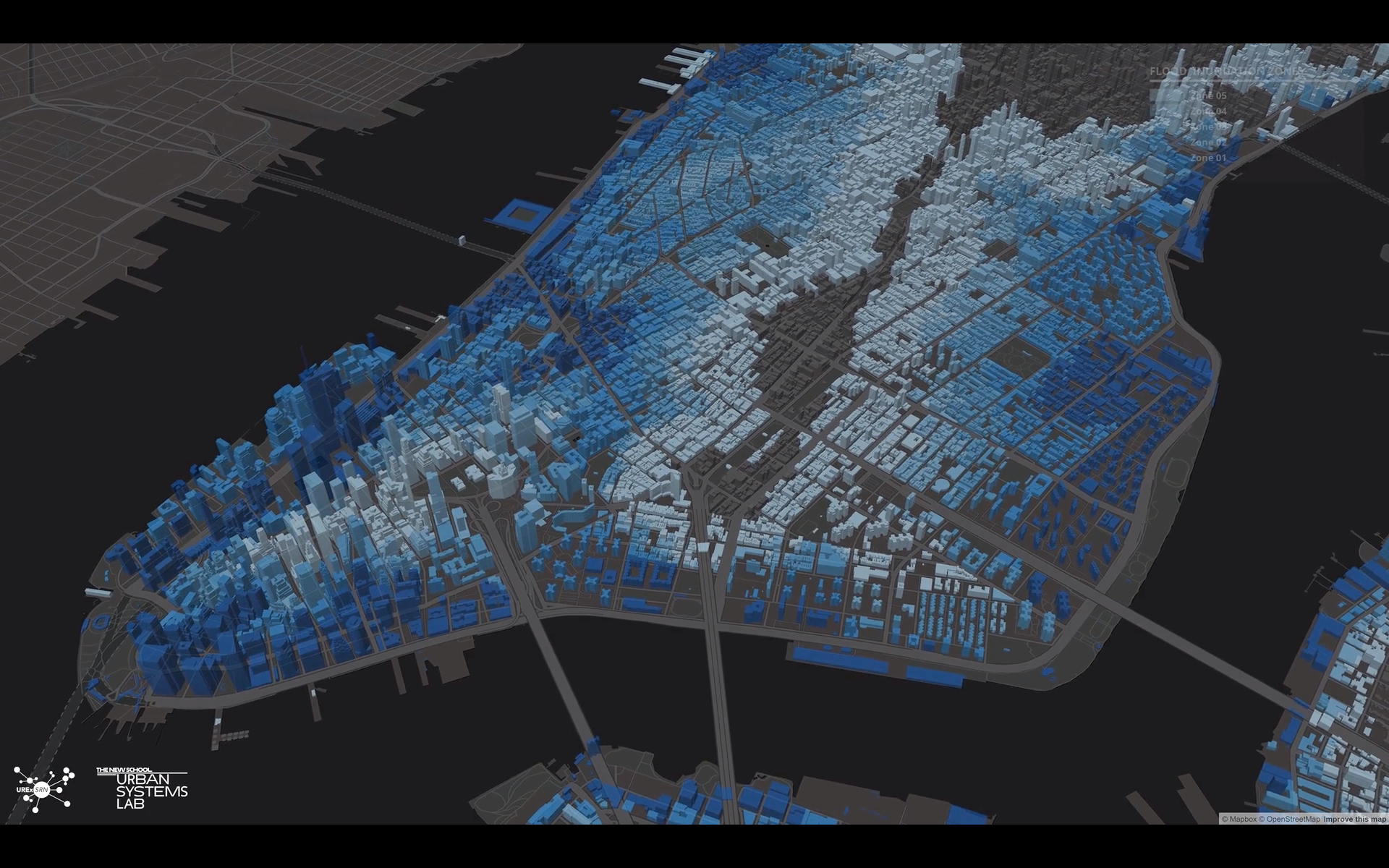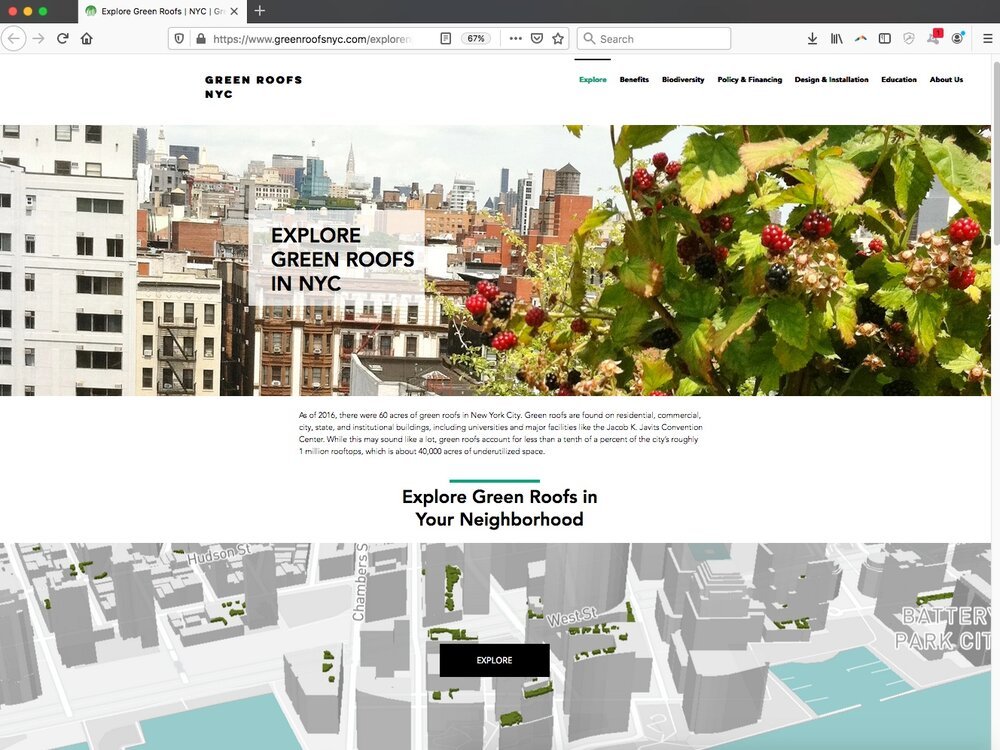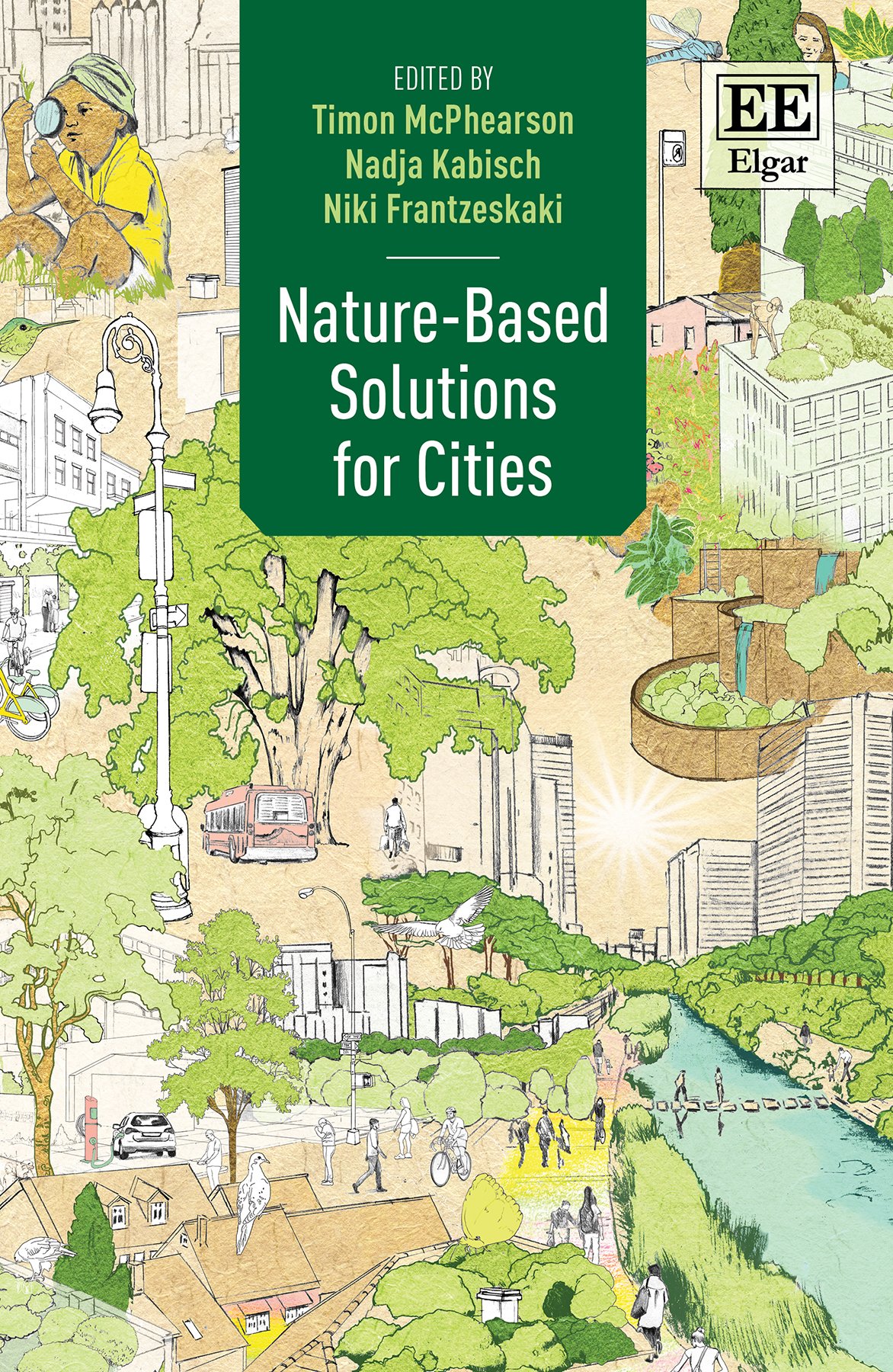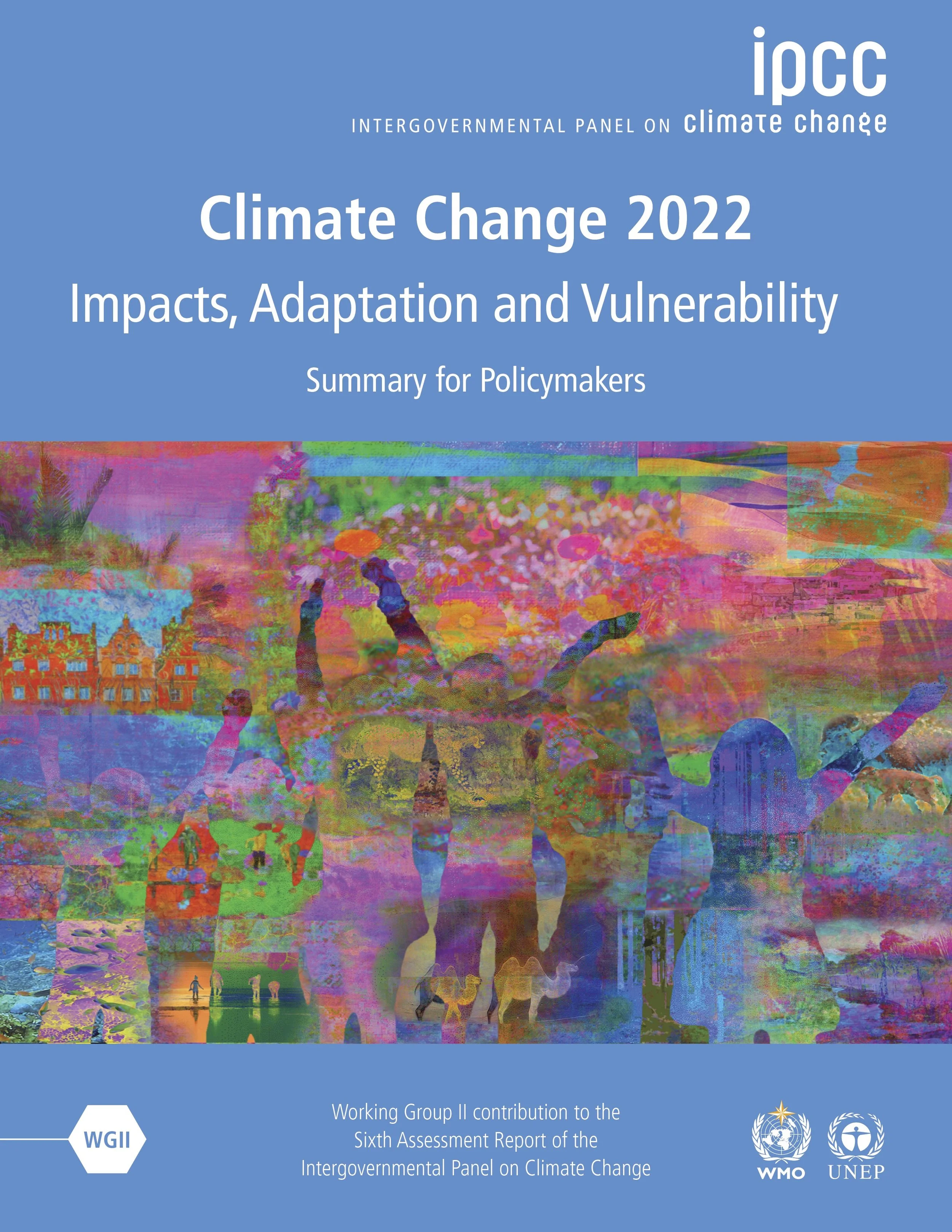Resources
Tools and Products
ClimateIQ is an AI driven, multi-hazard risk and vulnerability tool leveraging Machine Learning, Big Data, and multiple climate hazard model environments to reveal high resolution hotspots of overlapping climate risks in cities and urbanized regions.
The NYC Flood Vulnerability Index (FVI) assesses the distribution of vulnerability to flooding across NYC in order to guide flood resilience policies and programs. Vulnerability contains three components: exposure to a hazard, susceptibility to harm from the exposure, and capacity to recover.
The Climate Ready Uptown Plan (CRUP) is a guide and map to help Northern Manhattan community members understand their individual risk to climate related disasters
The Milwaukee Flood and Health Vulnerability Assessment (FHVA) is an assessment tool which identifies communities across Milwaukee where exposure to urban flooding and pre-existing health, housing and socioeconomic conditions intersect and create disproportionate vulnerabilities to the impacts caused by extreme flooding.
Ocellus XR is a mixed reality application that leverages the Urban Systems Lab’s Data Visualization Platform to present users with unique interactive geospatial maps of heat, flood risk and other climate indicators in New York City.
Stormwater.nyc is a mapping platform that visualizes NYC stormwater resiliency by integrating public data on demographics, land use, critical infrastructure, green spaces, and floodplains from the New York Panel on Climate Change.
Ekos is a multiplayer board game that uses systems thinking and strategy to explore concept of urban resilience and nature-based solutions.
An interactive web application that visualizes Social, Ecological, and Technological Systems (SETS) data.
Green Roofs NYC is a resource to inform residents, developers, and business owners about the benefits of green roofs and connect them with green roof resources, including policy, finance options, and educational curriculum.
Reports & Publications
A global assessment of research and practice that charts a path for scaling nature-based solutions (NbS) to make cities more resilient, equitable, and sustainable.
The Nature-based Solutions for Urban Sustainability Special Feature highlights the role of nature-based solutions (NBS) in addressing the complex challenges of urban resilience and sustainability amid climate change.
A report developed by researchers at the Urban Systems Lab, Cornell University and others, in partnership with RISE and Universe City exploring strategies for adapting to multiple, compounding climate hazards in New York City.
A flood hazard exposure study focused on the Proctor Creek watershed—an area historically impacted by pluvial flooding.
This report evaluates a green infrastructure (GI) network to reduce combined sewer overflows, urban flooding, and climate risks in Southwest Yonkers. Using hydrologic modeling and ecosystem service prioritization, it proposes targeted GI solutions for a 52-acre sewershed along Riverdale Avenue.
The Saw Mill River Watershed Flood Vulnerability Modeling Project, led by the Saw Mill River Coalition and supported by the Urban Systems Lab, assesses climate-driven flood risks and provides tools for long-term land-use planning. The project supports equitable resilience by integrating flood modeling with habitat restoration, public access, and environmental justice goals.
This report assesses future climate change and its potential impacts, to inform decision-making by the City of New York.
A report from the World Economic Forum's Global Commission on BiodiverCities to synthesize the latest research with practical solutions in the service of sustainable, inclusive and nature-positive urban development.
A concise and accessible synthesis of IPCC Working Group I material for urban policymakers.
This report highlights a collaborative efforts with multiple NYC agencies to co-develop six transformative scenarios for New York City’s climate resilience and adaptation to extreme events by 2100.
Nature-based Solutions for Cities brings diverse perspectives from across the globe together to describe the state of the art in advancing nature-based solutions for cities.
The 4th assessment of the NYC Panel on Climate Change (NPCC4) provides insight into the state of the science on climate change and the implications for adaptation and mitigation policy in New York City.
The Working Group II contribution to the Sixth Assessment Report assesses the impacts of climate change, looking at ecosystems, biodiversity, and human communities at global and regional levels. It also reviews vulnerabilities and the capacities and limits of the natural world and human societies to adapt to climate change.


